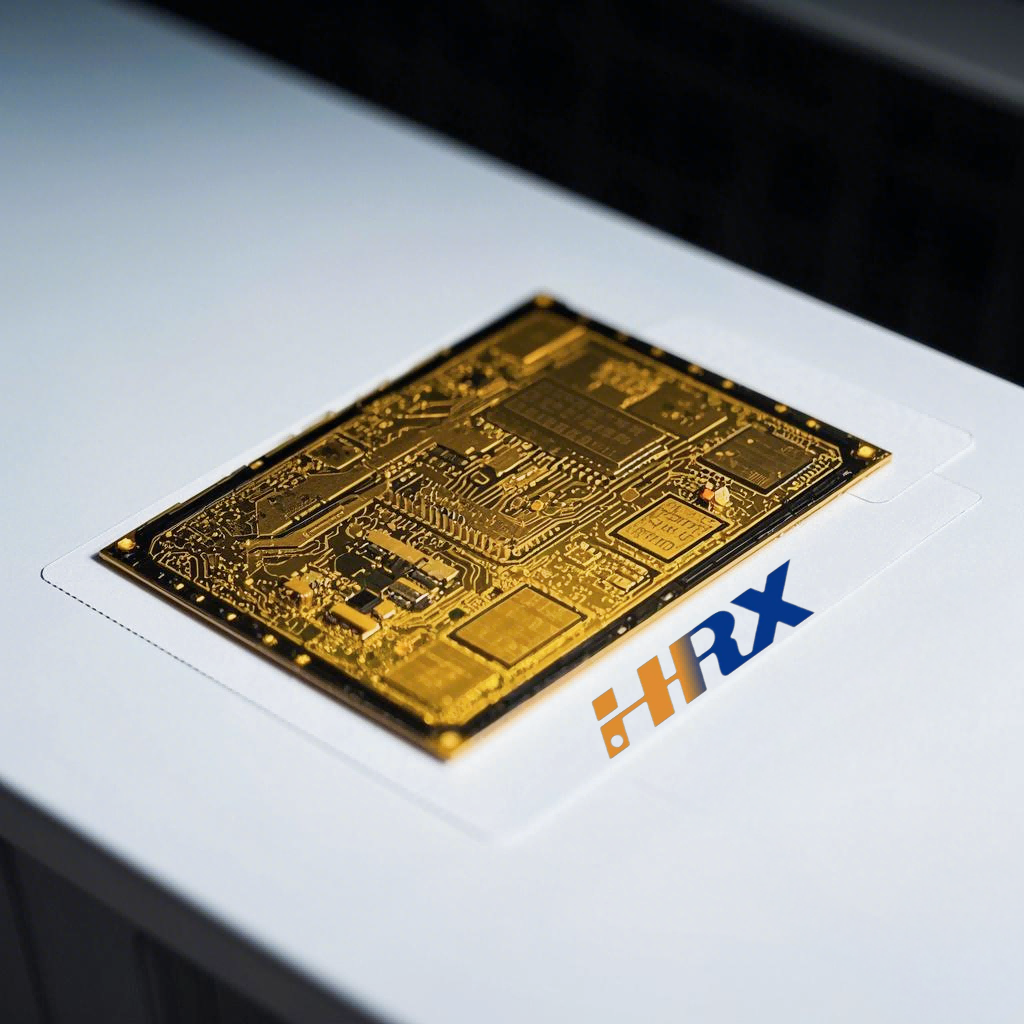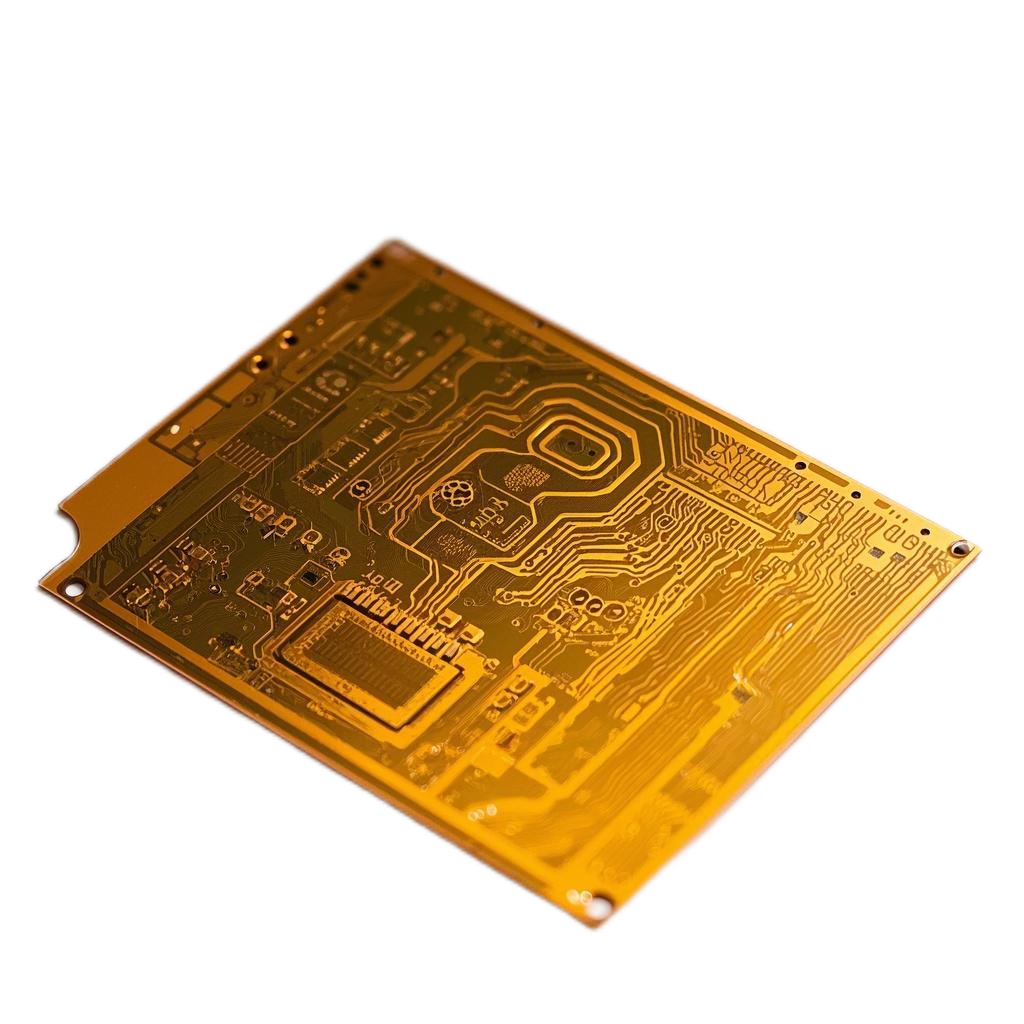Search
Unveiling the Intricate Realm of High-Precision Silk-screening in FPCs
- Jan 07,2025
-
Share
Hey there, tech enthusiasts! In the electrifying world of Flexible Printed Circuit (FPC) manufacturing, high-precision silk-screening stands as a true game-changer. It's like the wizard's wand that conjures up exquisitely detailed and super-functional circuitry. Let's dive deep and uncover the mind-blowing applications and the nitty-gritty details that make this process an absolute must-have.

1. Empowering Ultra-Fine Circuitry and Micro Traces
Silk-screening is the secret sauce that enables the deposition of conductive materials with jaw-dropping precision. It breathes life into the microscopic circuitry that powers our modern electronics. Imagine FPCs destined for the next-gen high-definition wearable displays, like those super cool augmented reality (AR) smart glasses. In this tiny world, every micrometer of space is like gold dust.
The silk-screening process calls upon specialized screens armed with ultra-fine meshes, often 350-mesh or even finer. These bad boys can fabricate micro-vias and ultra-fine conductive traces. We're talking about traces so narrow, they can slim down to a mere 50 micrometers! Achieving this level of precision is like a symphony of meticulously formulated conductive inks and perfectly optimized printing parameters. The ink viscosity, drying kinetics, and adhesion properties are calibrated with the precision of a brain surgeon to avoid any smudging or bridging between adjacent traces. By laying down these minuscule conductive pathways with finesse, the FPC can route signals like a champ, guaranteeing a seamless visual experience in your wearable display.
For example, in the development of a next-generation AR headset FPC, the silk-screened conductive traces need to connect those itty-bitty micro-LED display pixels. With a pitch as tight as 100 micrometers between adjacent pixels, the 50-micrometer-wide traces must snake through this dense array without any short circuits or signal degradation. This requires not only the finest screens and inks but also precise control of the printing pressure and speed. At Shenzhen Huaruixin Electronics Co., Ltd., we've mastered this delicate balance. Our team has spent countless hours tweaking and testing to ensure the flawless operation of such high-resolution displays. So, if you've ever wondered how your AR glasses can beam those crystal-clear images right into your eyes, high-precision silk-screening is a big part of the answer!
2. Tailored Insulation and Protective Barriers
Now, let's shift gears and talk about another crucial application: crafting bespoke insulating shields. Think about FPCs designed for automotive engine control units (ECUs). These bad boys operate in a real hellscape – sweltering heat, bone-rattling vibration, and potential chemical contaminants lurking around every corner.
Enter silk-screening. We use a high-temperature resistant insulating ink, typically cooked up with advanced polymers and fillers. This ink is carefully applied, like a painter's final brushstroke, to safeguard those sensitive components and prevent short circuits before they even think about happening. The thickness of the insulating layer is painstakingly calibrated to range from 20 to 50 micrometers. It's a delicate dance between providing top-notch protection and keeping things nice and compact.
The curing regimen of this ink is a game-changer. Take UV-curable insulating inks, for instance. They're famous for their rapid curing times and super-strong adhesion. They're like the superheroes of the ink world, ensuring the integrity of the insulation stays intact even when the going gets tough. In a hybrid electric vehicle's ECU FPC, it's not just about the regular heat and vibration challenges. It also has to withstand the potential leakage of battery electrolytes. The silk-screened insulating layer not only provides electrical insulation but also acts as a chemical barrier. Our experts at Shenzhen Huaruixin Electronics Co., Ltd. have been in the lab for years, carefully selecting the right combination of ink components and curing conditions. We've basically become insulation wizards, enhancing the FPC's durability and reliability in such a hostile environment. So, the next time you start your car and it purrs to life smoothly, remember, there's some high-precision silk-screening magic at work under the hood!
3. Precision Marking and Component Identification
In the fast-paced, no-room-for-error world of the electronics assembly line, clear and accurate markings on FPCs are like the North Star guiding everything. When it comes to FPCs made for consumer electronics giants like smartphones, silk-screened labels and reference marks are the unsung heroes.
These markings can be as tiny as a 0.3mm font size, but don't let their size fool you. They're packed with vital intel – part numbers, polarity indicators, and connection points. The alignment of these markings with the underlying circuitry is like aligning the stars in the sky. It demands sub-micron accuracy. That's where our state-of-the-art optical alignment systems come in. They ensure that the marks are positioned within a razor-thin tolerance of ±0.05mm. This precision is like a shield, warding off errors during the assembly process. When technicians are putting together your smartphone, they rely on these markings like a map. It streamlines the production workflow and slashes the odds of faulty assemblies, safeguarding the overall quality and functionality of the end product.
In the production of foldable smartphones, where the FPCs have complex folding mechanisms and multiple connection points, the precision markings become even more critical. For instance, on the hinge-side FPC that enables the seamless folding motion, the silk-screened alignment marks help technicians accurately attach the flexible display and other components. At Shenzhen Huaruixin Electronics Co., Ltd., we've been knee-deep in the world of foldable phone FPCs. Our experience has allowed us to optimize the silk-screening process for maximum assembly efficiency. So, the next time you unfold your sleek foldable phone without a hitch, give a little nod to the precision silk-screening that made it possible!
4. Antenna and Sensor Fusion
FPCs are quickly becoming the go-to choice for housing antennas and sensors, especially in the booming Internet of Things (IoT) universe. Take a smart home environmental sensor FPC, for example. Silk-screening is the key that unlocks the seamless integration of a printed antenna.
The antenna pattern is like a carefully crafted piece of art, meticulously designed to resonate at specific frequencies for reliable wireless communication. We use conductive silver ink, which is like the gold standard in conductivity and adhesion. The shape and dimensions of the antenna are often twisted and turned to fit snugly within the compact sensor housing. It's all about engineering with finesse.
Plus, we don't stop there. The conductivity of the ink and its adhesion to the substrate are optimized through rigorous experimentation and quality control. This integration of antennas and sensors onto FPCs via silk-screening offers a space-saving and cost-effective solution, making it possible for IoT devices to spread like wildfire.
A prime example is a smart smoke detector FPC. The integrated antenna, silk-screened with a specific spiral pattern to achieve the required 2.4 GHz frequency resonance, allows for seamless communication with the home Wi-Fi network. The sensor electrodes, also silk-screened, detect the slightest traces of smoke particles. At Shenzhen Huaruixin Electronics Co., Ltd., we've been leading the charge in developing such integrated FPCs. Our team has been leveraging high-precision silk-screening to meet the stringent requirements of IoT applications. So, when that smoke detector in your home silently keeps you safe, remember the high-tech FPC wizardry that makes it work!
In conclusion, high-precision silk-screening in FPC manufacturing is a complex and fascinating process, with applications stretching across a vast array of industries. It demands a deep understanding of a whole host of materials, cutting-edge equipment, and sophisticated techniques to bring our wildest tech dreams to life.

At Shenzhen Huaruixin Electronics Co., Ltd., we've been at the forefront of FPC design, production, and sales for years. Our team of seasoned experts has mastered the mysterious nuances of high-precision silk-screening, from handpicking the perfect ink formulations to fine-tuning the printing parameters. Whether you're a long-time friend in the electronics community or a newbie eager to learn, we wholeheartedly welcome you to join us in some brainy discussions and knowledge swapping. Let's pioneer the future of FPC technology together and send innovation skyrocketing!
So, what are your thoughts on high-precision silk-screening in FPCs? Have you encountered any cool applications or challenges? Drop a comment below and let's get the conversation started!

Let’s talk! We’ll provide the perfect solution for you!
-
 Huaruixin Electronics mainly produces printed circuit boards as the core business, to provide customers with one-stop solutions for FPC/PCB production, components sourcing and Assembly.
Huaruixin Electronics mainly produces printed circuit boards as the core business, to provide customers with one-stop solutions for FPC/PCB production, components sourcing and Assembly. - WHAT WE DO — PCB Design Solutions — Flex PCB Production — Components Sourcing — FPC&PCB Assembly
- PRODUCTS — Single Sided Flexible Circuits — Double Sided Flexible Circuits — Multilayer Flexible Cirucits — Rigid-Flex Circuits — FPC Assembly — PCB Assembly
- CAPABILITY — FPC Capability — Rigid-Flex Capability — PCB Capability — Assembly Capability
- Copyright © 2024 Shenzhen Huaruixin Electronics Co., Ltd. All Rights Reserved.
- Design By BONTOP


